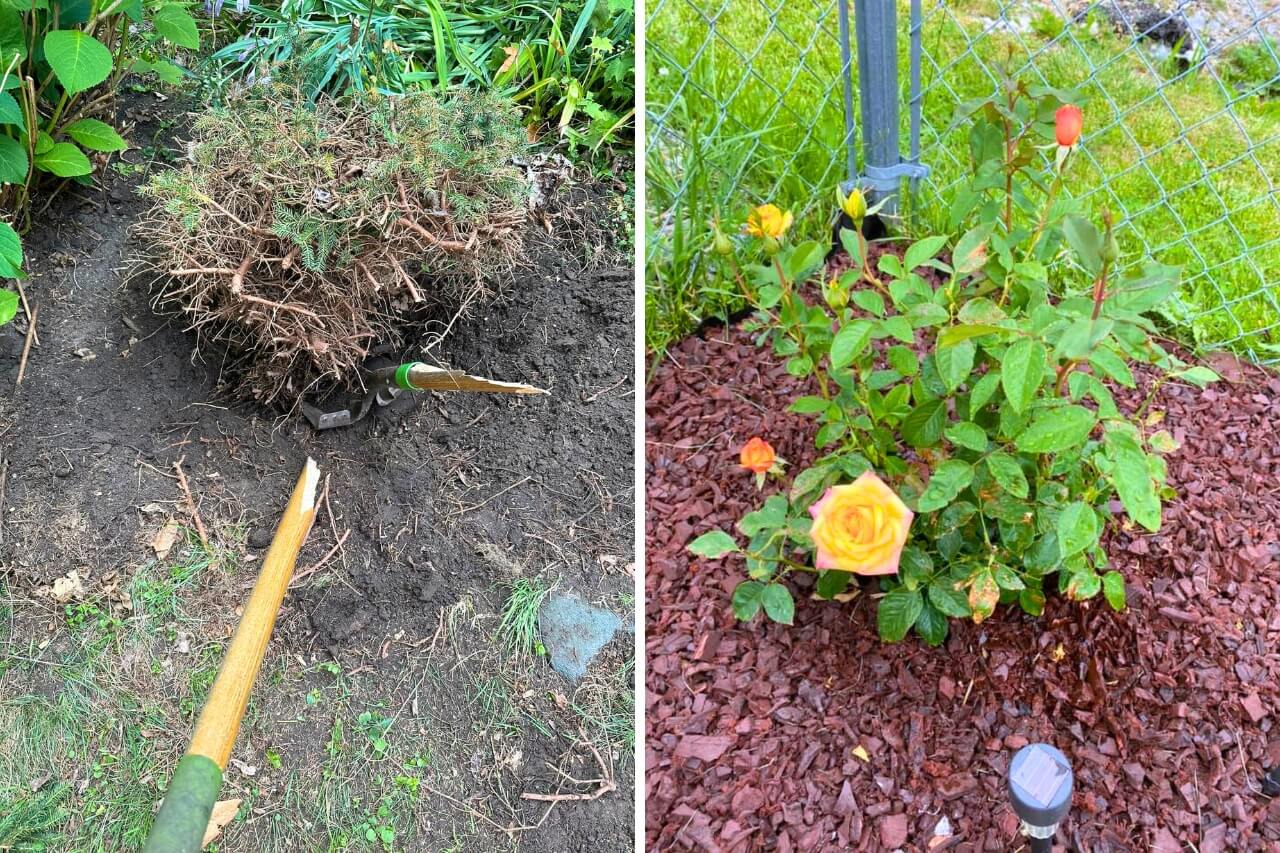I’m quite familiar with all the common mistakes you can make in a garden because I’ve made just about every one of them as a beginner. But you have to start somewhere. And sometimes, getting things wrong is simply the best way to learn, not only in gardening but in every aspect of life (I believe).
Still, it doesn’t mean you should go through all of them. If you know in advance what the most common mistakes are, you’ll be less likely to make them.
So, here are the beginner gardening mistakes I see more often. I’ve also included some practical tips on what to do instead. Hope you find them helpful.
Overcrowding Your Garden
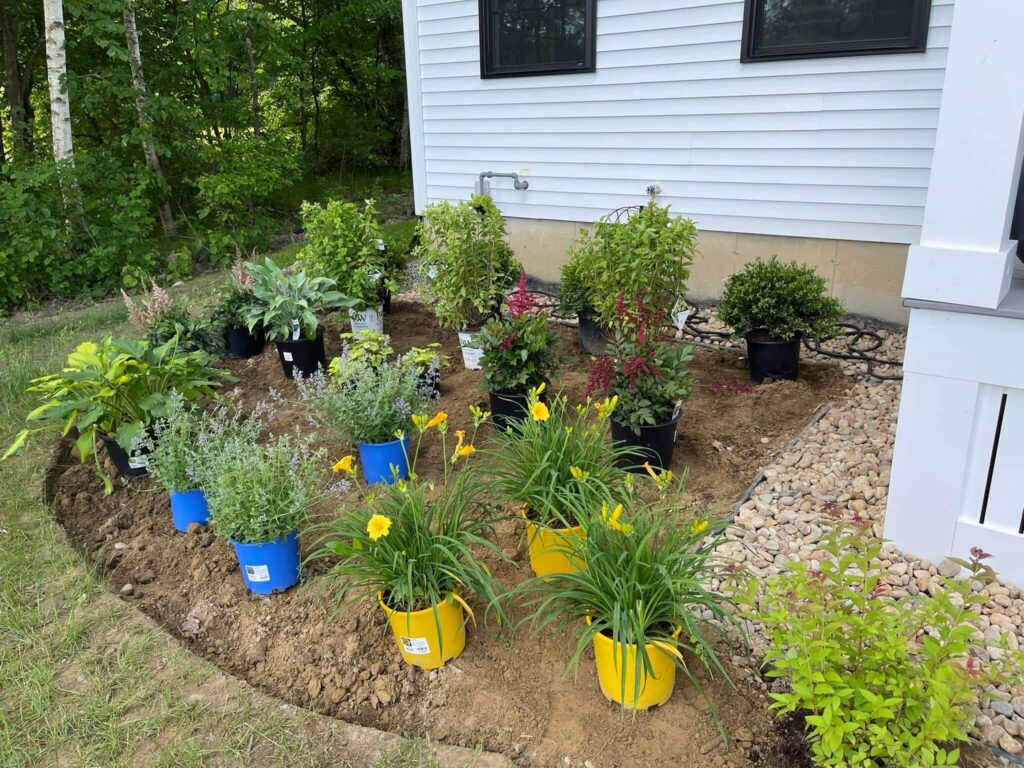
This is a mistake I see very often, especially among beginners and those who have just started “cultivating” a passion for nature.
If you’re a beginner, it’s easy to get excited, and you want to have every plant you like and see online or in other gardens.
However, although mixing plants is mostly okay, you should still mind their spacing. Plants need ample space for healthy growth. Cultivating different species too close together means they rob each other of much-needed room to spread naturally.
A good rule of thumb is to leave enough space so the tips of the mature plant’s leaves don’t touch other plants.
Planting Too Many Species Together
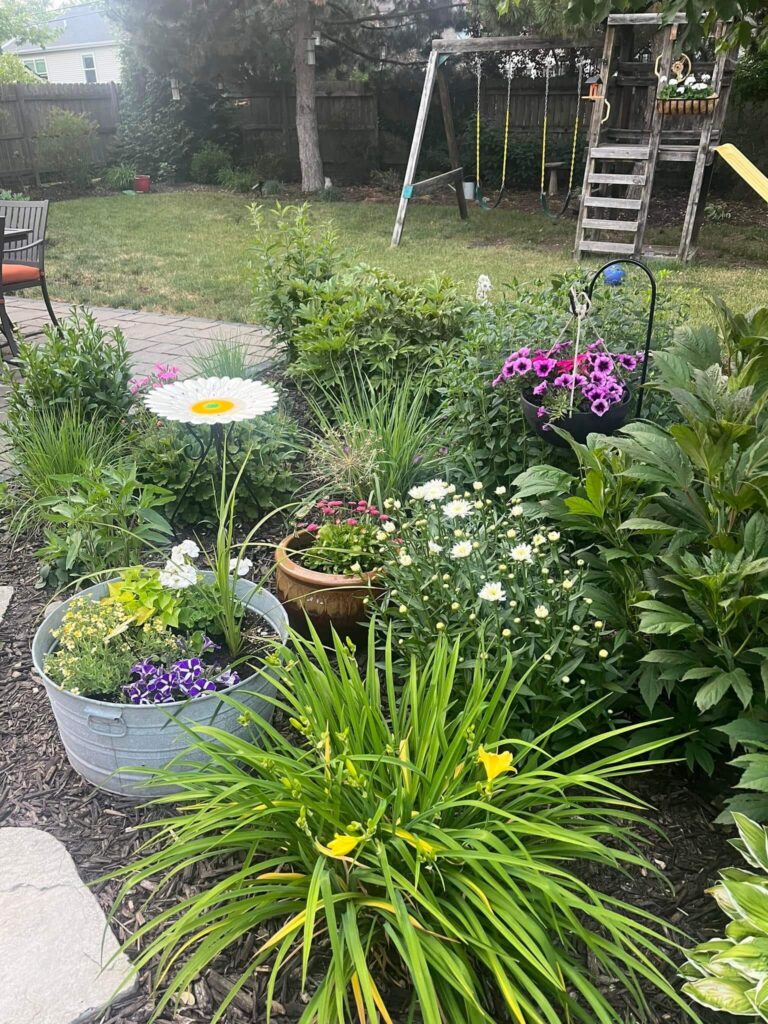
Spacing aside, choosing what plant species to cultivate is no easy task. So, there’s a tendency for newbies to cram as many “good-looking” flora as their garden space allows.
The problem is, this decision often results in a messy and chaotic-looking garden.
Depending on your yard size, I’d recommend starting with five to ten plants, and please organize them from the beginning. It will be difficult and risky to move them in the future!
You can organize your garden based on different things. Some people prefer to put the same colors together, or plants with the same size, or also based on the type of plant, for example one part of the garden for flowers and herbs and another for vegetables.
Inconsistent Watering Schedule

Once you have planted them, the hard part is taking care of them. One of the most common mistakes is related to watering.
As you probably know, underwatering strains your plants, while overwatering usually results in stunted growth, fungal diseases, or worse, root rot and death.
Always remember to water your garden early in the morning to give the plants time to drink before the day’s hottest moments, and remember that some plant species require a specific watering schedule. I recommend you take a look at the specific article with the most common watering mistakes every gardener should avoid
Forgetting About Mulch
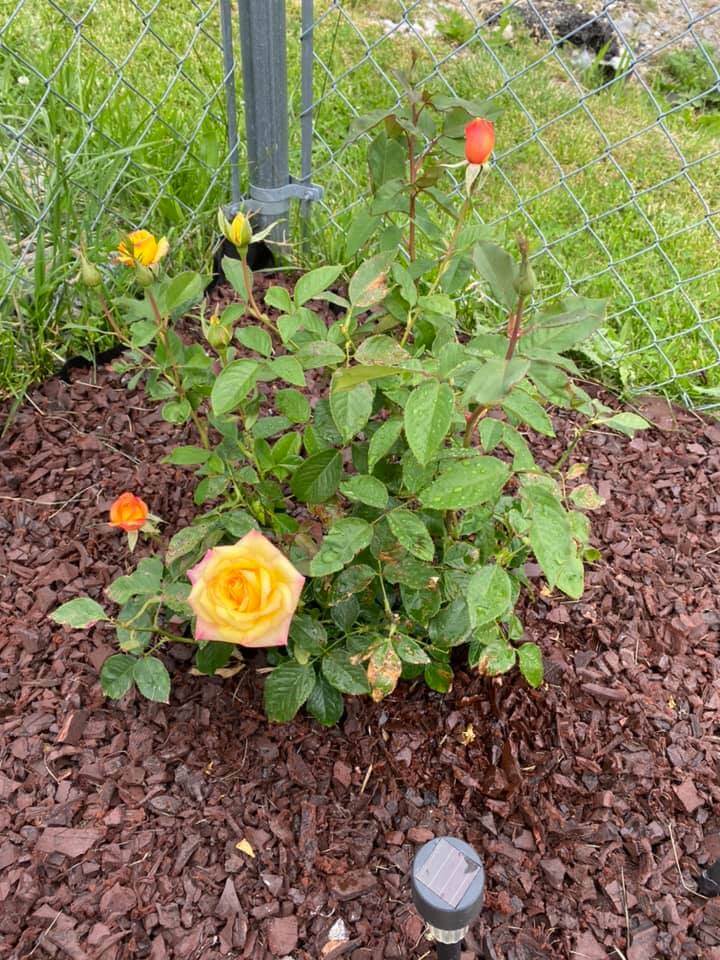
Mulch is an organic material made of shredded tree bark, leaves, grass clippings, straw, and moss. If you’re a real beginner, you’re probably not very familiar with it, but pro gardeners lay it over their soil to enhance the nutrients and conserve moisture.
If you live in a region with a drier climate, mulching can preserve soil moisture so your plants need less watering.
Covering your garden beds with these organic materials also curbs weed growth and helps the growth of our plants, which means less work for you!
Not Recognizing Common Garden Pests

Since gardening is a beautiful activity in close connection with nature, we need to take into consideration that other living creatures also populate our garden.
Sometimes these small insects or animals can be harmless, sometimes even benefit our garden, but many other times they have a negative effect and can destroy our plants.
If you notice more insects flying around and grubs crawling around the roots of your plants alongside speckled foliage and wilting stems, you may be looking at a pesky pest invasion.
You also want to check underneath the seemingly green leaves or down on the moist ground. Some insects are not easy to see and are able to camouflage themselves.
Using Too Much Pesticide
If there’s a pest invasion in your garden, it’s important to act as quickly as possible, but it’s also crucial to avoid overdoing it.
While useful for eliminating unwanted insects, pesticides still use chemicals that could harm living plants in the long run and can kill beneficial insects, such as ladybugs, lacewings, and praying mantises, which help with pest control, pollination, and improving soil health.
When you can, opt for natural remedies and use chemical pesticides only when really needed.
Allowing Invasive Weeds to Fester
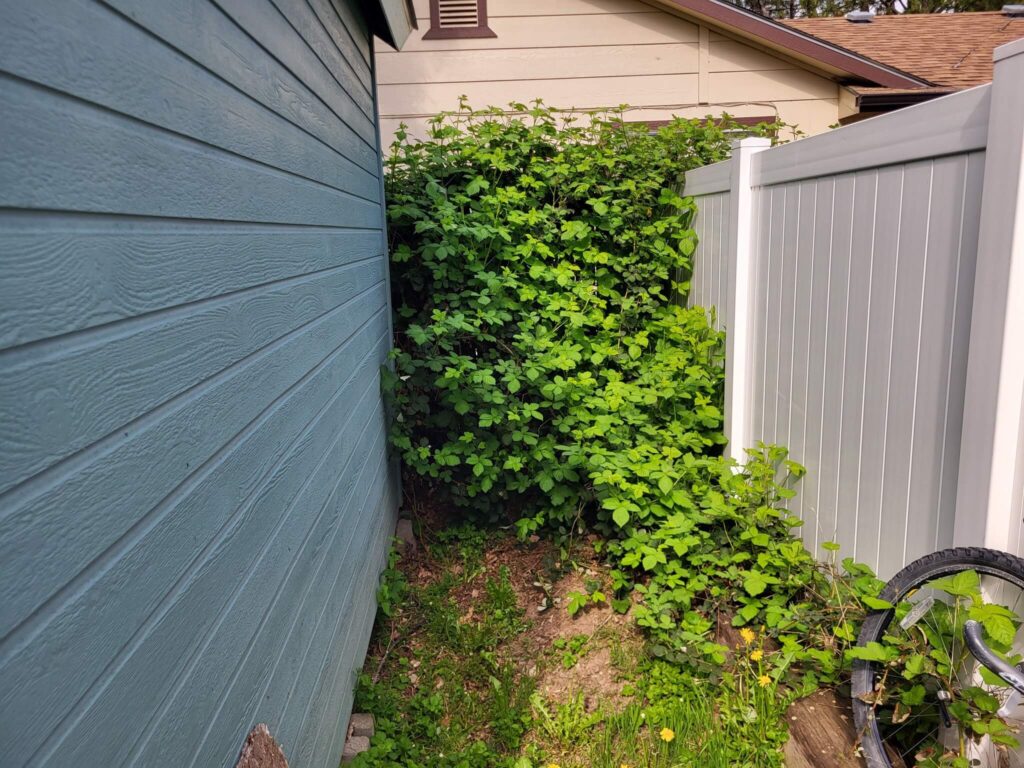
Never underestimate invasive weeds. They may appear harmless at first glance, but they can overtake your entire garden before you know it.
Mulching frequently significantly reduces these pesky intruders by covering the soil. Weed barriers and landscape fabrics also work wonders in preventing weed growth.
In addition, be very careful with thorn bushes because they grow quickly and are difficult to remove. Even if you have a small one, it is better to remove it right away. I explained how to do it in this guide.
Ignoring Your Plant’s Unique Sunlight Needs
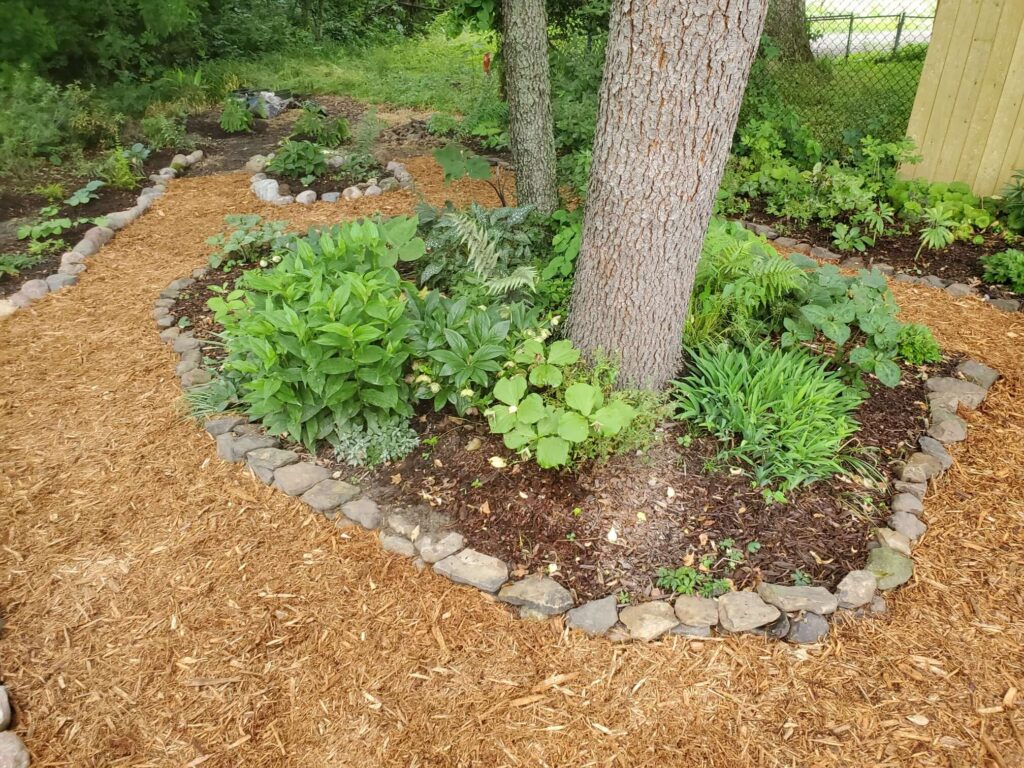
A very common mistake inexperienced gardeners make is to think that all plants have the same needs. In fact, all plants have different characteristics and needs.
For example, some of them prefer the sun, while others like the gloom. Identifying which is which is crucial to increase your chances of successfully growing them.
Take the time to observe your yard space before starting. Identify the areas getting fuller and longer sun versus partial or full shade to help you decide what to plant and where.
To give you an example, in the article on how to propagate Aloe Vera from leaf cuttings, I’ve told you how they prefer heat and sun rather than shady areas. While other plants, like the ones that grow well under trees, also grow well in shadier areas.

